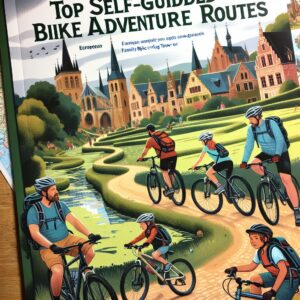
Key Takeaways
-
Yosemite is home to a diverse range of wildlife, perfect for family spotting adventures.
-
Key animals to look out for include black bears, deer, and various bird species.
-
The best wildlife spotting areas are meadows, forests, and riverbanks.
-
Bring binoculars and cameras to enhance your viewing experience.
-
Always respect wildlife by keeping a safe distance and leaving no trace.
Embracing the Wilderness: Yosemite’s Diverse Animal Kingdom
Imagine stepping into a vast natural theater where granite cliffs rise like skyscrapers and waterfalls cascade into crystal-clear streams. This is Yosemite National Park, a place where the wild isn’t just found in storybooks—it’s right before your eyes. Whether you’re a family of seasoned hikers or looking for your first outdoor adventure, Yosemite’s wildlife spotting opportunities are second to none.
Discover Yosemite’s Ecosystem

“Yosemite National Park | Yosemite …” from www.flickr.com and used with no modifications.
Yosemite National Park is a treasure trove of natural beauty, spanning over 1,100 square miles. It’s not just the scenery that’s diverse; the park’s elevation ranges from 2,000 to over 13,000 feet, creating a variety of habitats. This means that as you trek through the park, you’ll transition from oak woodlands to alpine meadows, each with its unique set of inhabitants.
Most importantly, remember that Yosemite’s ecosystem is delicate. The animals here are wild and should be respected as such. That means observing from a distance and not disturbing their natural behaviors. But don’t worry, even from afar, the thrill of spotting a majestic creature in its natural habitat is unforgettable.
Wildlife You Might Encounter
As you wander through Yosemite, keep your eyes peeled for the park’s residents. Each creature, from the tiniest chipmunk to the grandest black bear, plays a vital role in the ecosystem. Here’s a sneak peek at who you might meet:
-
Black Bears: Despite their name, they can be brown or even blonde! They’re often found rummaging through the lower elevations of the park.
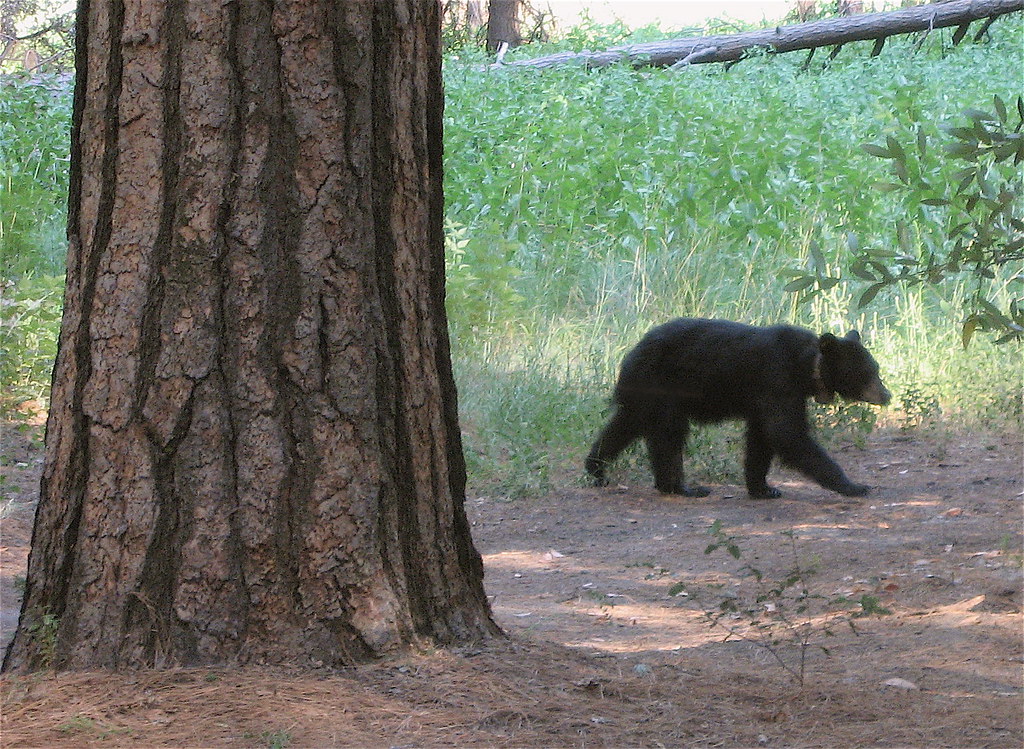
“Welcome to Yosemite | A baby bear …” from www.flickr.com and used with no modifications.
-
Mule Deers: These graceful animals are commonly seen in meadows during the early morning or evening.
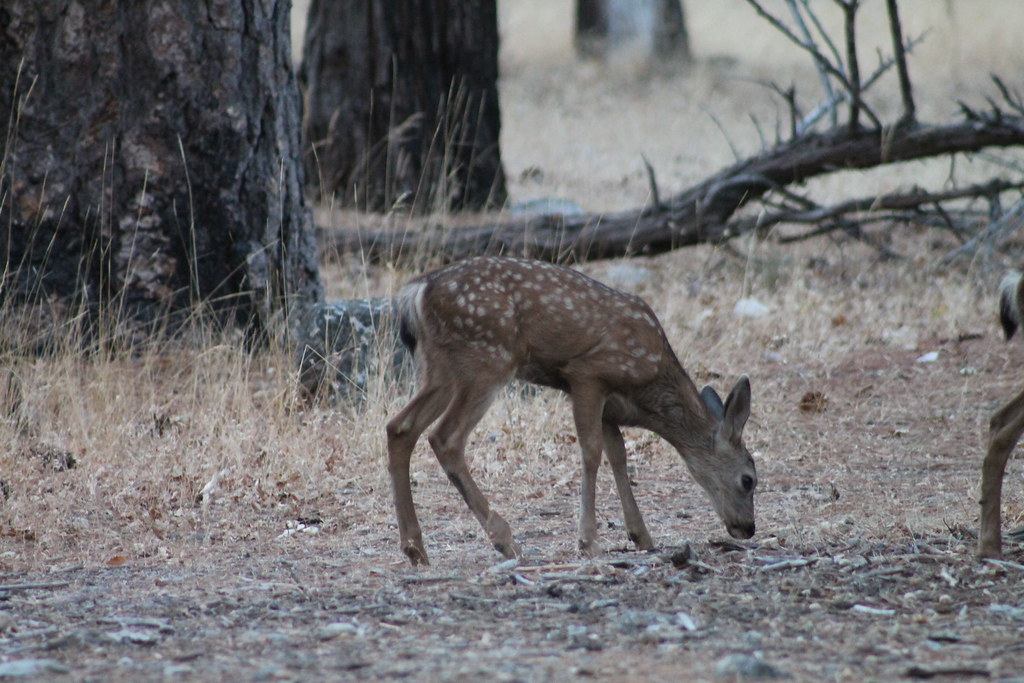
“Yosemite National Park – Mule Deer Fawn …” from www.flickr.com and used with no modifications.
-
Birds: From the American dipper, zipping along the rivers, to the Great Gray Owl, silently gliding through the forest, birdwatchers will be in heaven.
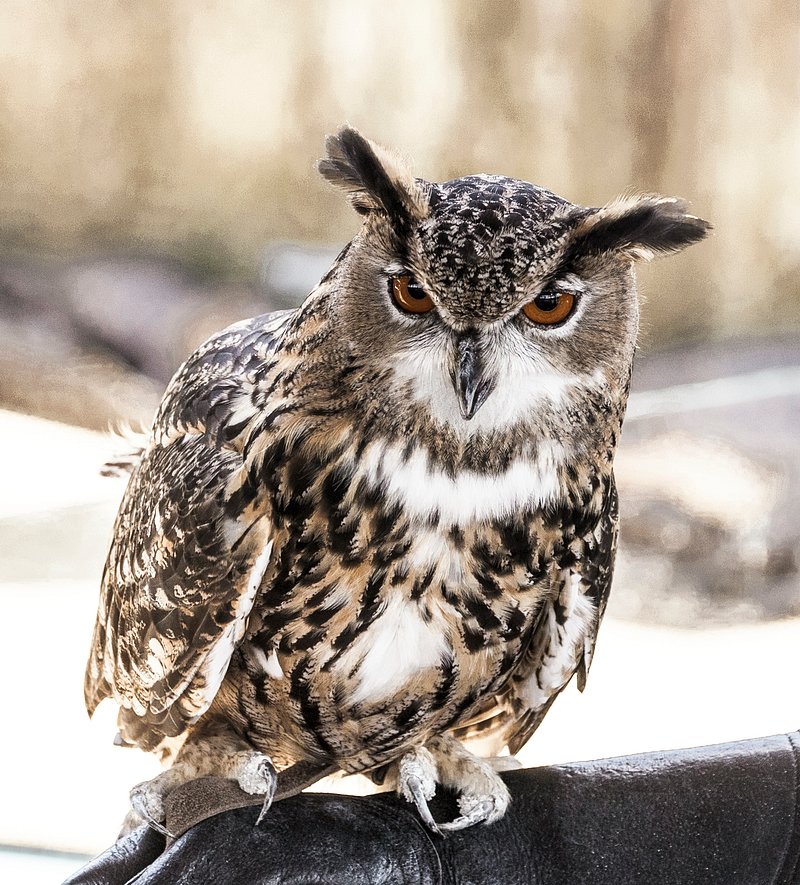
“Animal Photography Cold Freezing Frost …” from www.rawpixel.com and used with no modifications.
And that’s just the beginning. The park is also home to mountain lions, coyotes, and bighorn sheep, among others. The key is to stay alert and know where to look.
Where the Wild Things Roam: Kid-Friendly Spotting Zones
When you’re with kids, you’ll want to choose spots that are not only rich in wildlife but also safe and accessible for little legs. Here are some prime areas for family-friendly wildlife spotting:
Meadow Strolls: Where Deer and Foxes Play
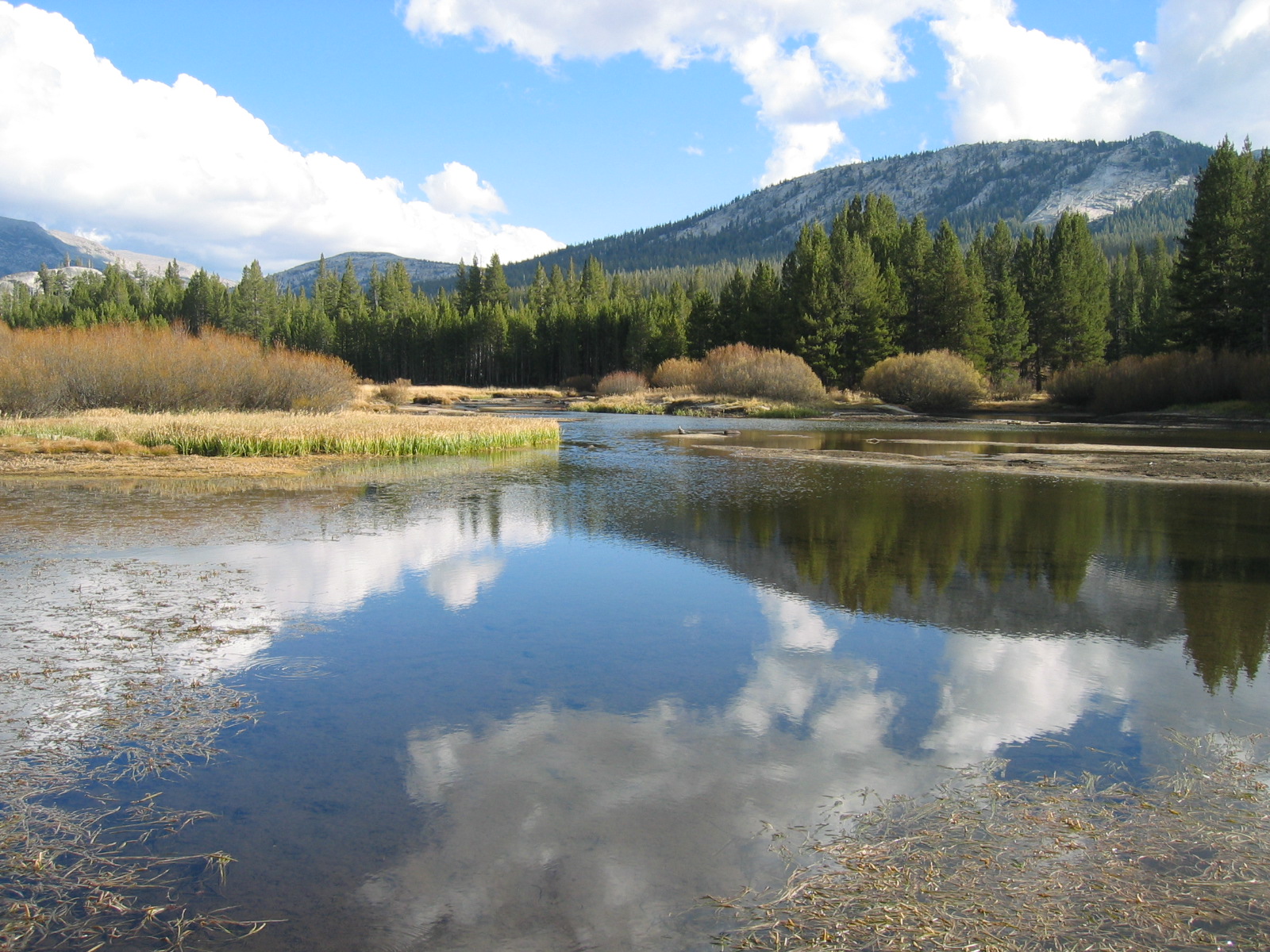
“File:Yosemite-tuolumne meadows 1.jpeg …” from commons.wikimedia.org and used with no modifications.
Yosemite’s meadows are like open stages for wildlife performances. These are great places for families to explore because they offer wide, unobstructed views, making it easier to spot animals. Cook’s Meadow and Tuolumne Meadows are fantastic starting points. Keep your voices low and move slowly; you might just witness a deer family grazing or spot a red fox darting through the grass.
Forest Trails: The Realm of Black Bears
The thought of encountering a black bear might be daunting, but these creatures are a highlight of Yosemite’s wildlife. Stick to well-traveled trails, and make noise as you go—bears usually prefer to avoid humans. Remember, if you do see a bear, stay calm, do not approach, and definitely don’t feed it. It’s a privilege to observe these animals, so let’s keep them wild and safe.
Riverbanks: The Dance of the Waterbirds
Riverbanks are bustling with activity, especially in the morning. As you follow the water’s edge, look for the American Dipper bobbing in and out of the water, or the Great Blue Heron standing like a sentinel. It’s a peaceful way to start your day, with the gentle sound of flowing water and the occasional splash of a fish.
Tools of the Trade: What to Bring on Your Safari
Preparation is key to a successful wildlife adventure, especially when you’re aiming to share this experience with your family. The right tools can make the difference between a good outing and a great one. So, let’s talk about what to pack for your Yosemite wildlife spotting adventure.
First things first, dress for the occasion. Comfortable, layered clothing will allow you to adapt to changing temperatures throughout the day. Durable footwear is a must—think hiking boots or sturdy sneakers. And don’t forget hats and sunscreen to protect against the sun’s rays.
Binoculars and Cameras: Zooming In on Nature
Binoculars are a wildlife spotter’s best friend. They bring the action up close without disturbing the animals. For kids, consider lightweight, durable binoculars that can withstand a few drops and bumps. A camera with a good zoom lens is also essential. Not only will you capture memories, but you can also use your photos to learn more about the wildlife you’ve seen once you’re back home.
Guidebooks and Apps: Learning on the Go
There’s so much to learn about Yosemite’s wildlife, and a good guidebook can enrich your experience. Look for one with color pictures and easy-to-read information. In this digital age, don’t overlook wildlife identification apps—they’re convenient and often have audio clips of animal calls, which can be thrilling for kids to compare with real-life sounds they hear in the park.
Play It Safe: Respectful Wildlife Watching
Yosemite’s wildlife is wild, and that’s the beauty of it. Watching these animals is a privilege that comes with responsibility. Always keep a safe distance—this is for your safety as well as the animals’. Feeding wildlife is a big no-no; it’s harmful to their health and can alter their natural behaviors.
Understanding Wildlife Boundaries
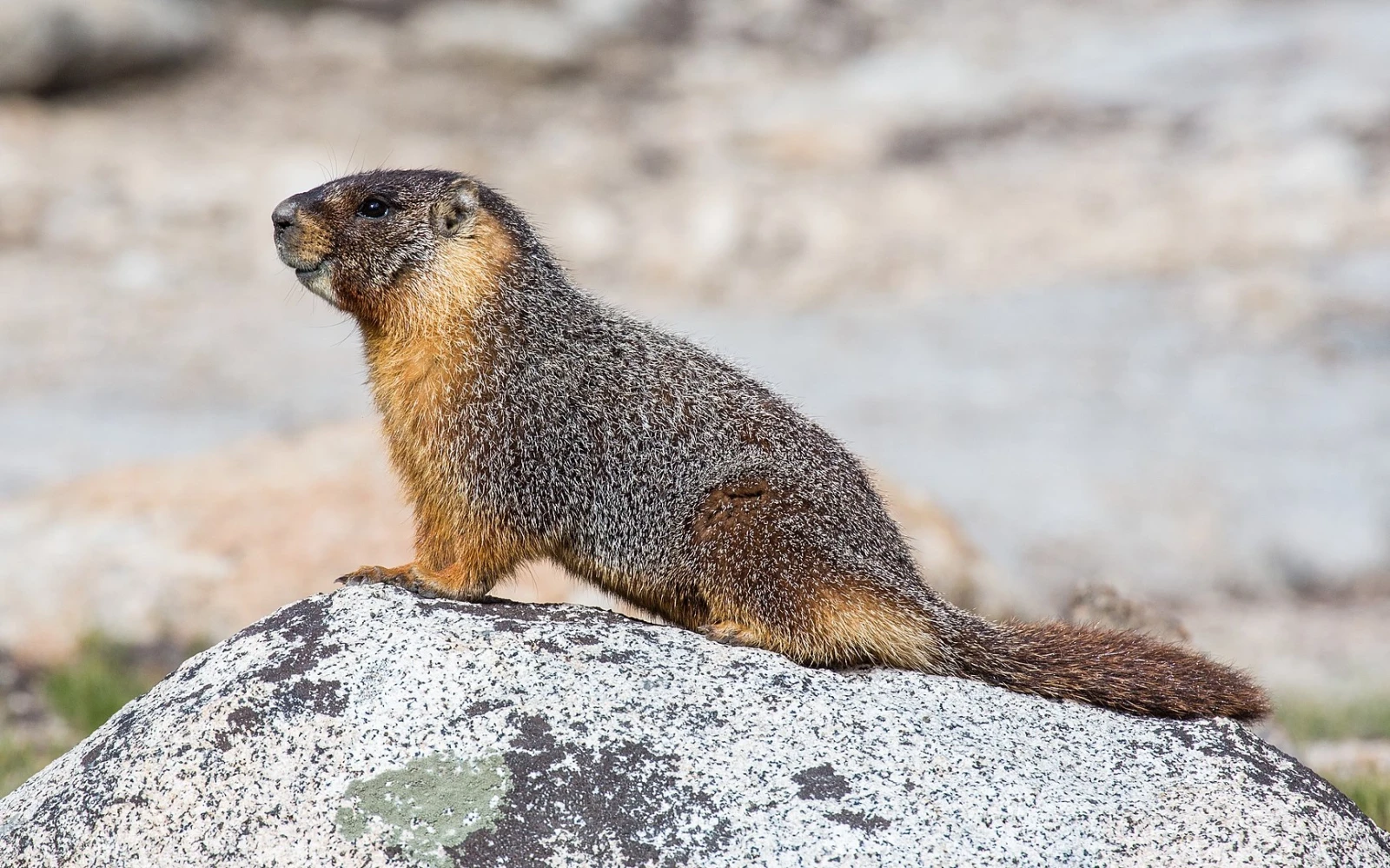
“Yellow-Bellied Marmot – Facts, Diet …” from animalia.bio and used with no modifications.
Wild animals have boundaries, just like we do. If an animal changes its behavior because of your presence, you’re too close. Use your binoculars to view them from a distance where they continue their activities undisturbed. This is especially important during sensitive times like mating seasons or when mothers are with their young. For a more in-depth guide on how to responsibly enjoy Yosemite wildlife viewing with kids, check out our tips.
Navigating the Habitat Without Harm
Stick to marked trails to minimize your impact on the park’s ecosystem. Going off-trail can damage delicate flora and disturb hidden animals. Plus, staying on the trail keeps you safe from getting lost or unexpectedly coming face-to-face with a wild animal.
No Trace Left Behind: Teaching Kids Conservation Ethics
One of the greatest gifts we can give our children is a love of nature, coupled with the responsibility to protect it. Teach your kids the principles of Leave No Trace: pack out what you pack in, stay on trails, and respect wildlife. These lessons will stick with them for life and help ensure Yosemite remains pristine for future generations.
And while we’re on the subject of conservation, let’s talk about the snacks and supplies you’ll bring along. For a comprehensive guide on what to pack for a family-friendly adventure, check out our Yosemite wildlife viewing with kids article.

“Mule Deer Images | Free Photos, PNG …” from www.rawpixel.com and used with no modifications.
Eco-Friendly Snacks and Supplies
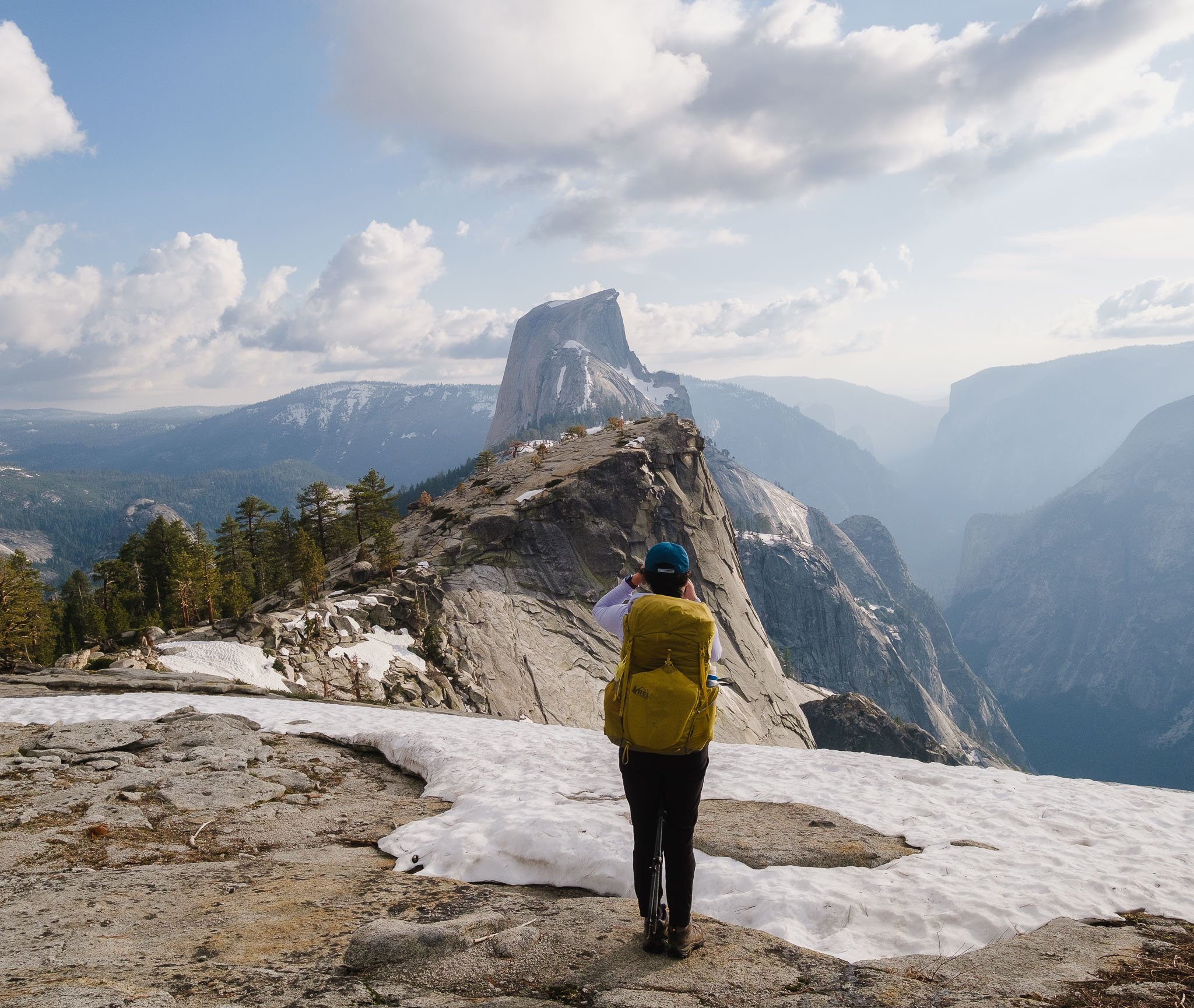
“Yosemite Valley Backpacking to Cloud’s …” from www.lilymtang.com and used with no modifications.
Here’s a quick list of what to pack for a day of wildlife spotting:
-
Reusable water bottles for each family member
-
Eco-friendly snacks in reusable containers
-
Biodegradable bags for trash
-
A small first-aid kit for unexpected scrapes
-
A map of the park, so you can stay oriented
Remember, every little bit helps when it comes to conservation. By choosing to be mindful of your impact, you’re setting an example for your kids and contributing to the preservation of Yosemite’s natural wonders.
Frequently Asked Questions
What’s the Best Time of Day for Wildlife Spotting in Yosemite?
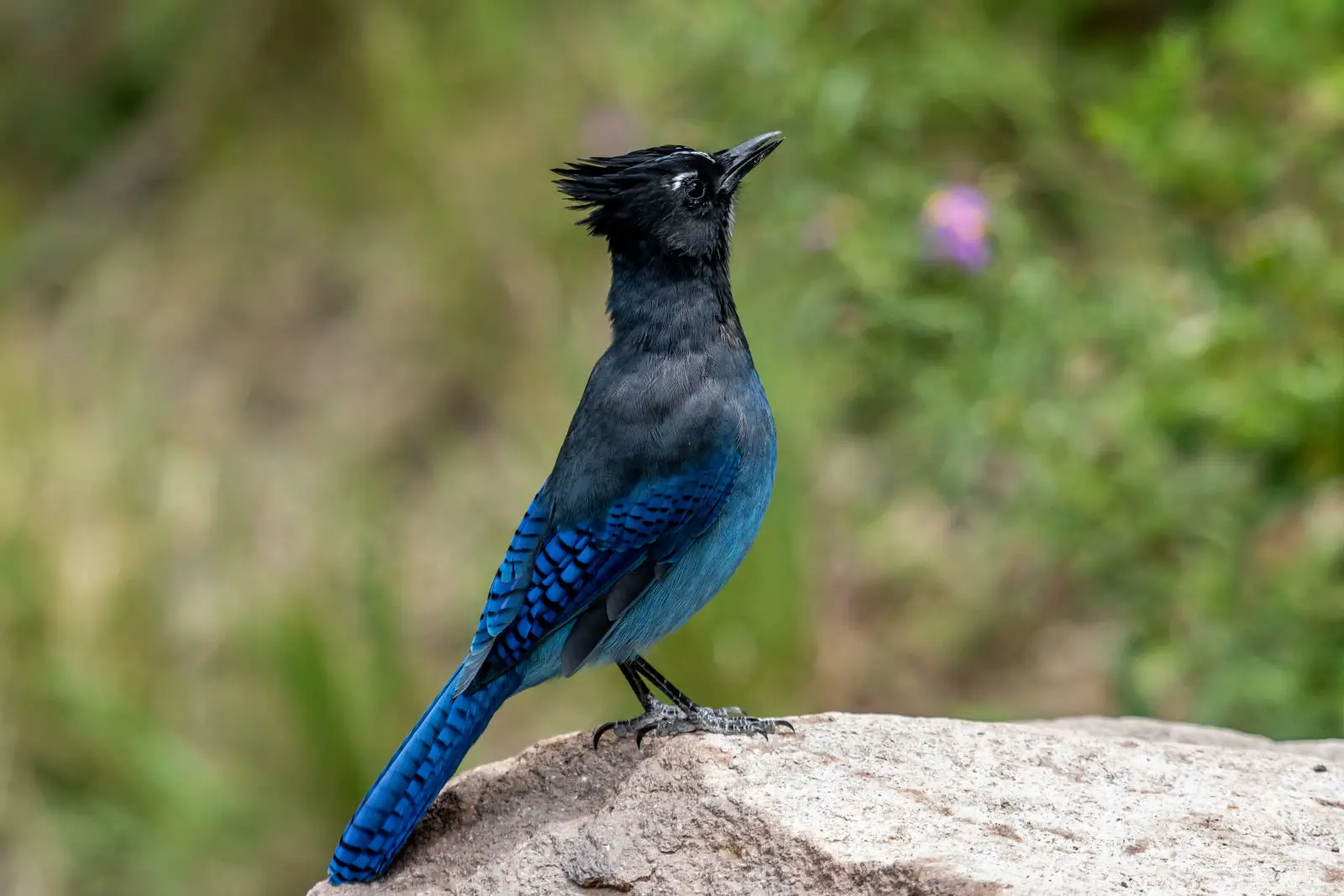
“Steller’s Jay – Facts, Diet, Habitat …” from animalia.bio and used with no modifications.
The early bird catches the worm, or in this case, the best wildlife views. Dawn and dusk are prime times for animal activity in Yosemite. As the park awakens with the first light, animals like deer, coyotes, and even bears start their daily routines. Similarly, as the sun sets and temperatures cool, nocturnal animals begin to stir. So, set that alarm clock early or plan for an evening stroll to increase your chances of memorable sightings.
How Can I Keep My Family Safe While Watching Large Animals?
Your safety and the safety of the animals should always be a top priority. When watching large animals such as bears or coyotes, maintain a minimum distance of 50 yards. Never approach or follow wildlife, and always keep children close. If you encounter a large animal on the trail, give it space to move away. Speak calmly and firmly to announce your presence, and never come between a mother and her offspring.
Are There Ranger-Led Programs for Wildlife Spotting?

Yes, Yosemite offers ranger-led programs that can enhance your wildlife spotting experience. These programs are not only educational but also provide a safer way to observe animals as rangers know the best practices for wildlife watching. You’ll learn fascinating facts about the park’s inhabitants and may even get to visit spots you wouldn’t have found on your own. Check the park’s visitor center for schedules and sign up early as these programs can fill up quickly.
-
Visit the Yosemite National Park’s official website or visitor center for program schedules.
-
Participate in programs like guided walks, talks, and evening programs.
-
Consider junior ranger programs for kids to keep them engaged and learning.
Participating in these programs is not just about the animals you’ll see—it’s also about fostering a deeper connection with the natural world and its inhabitants.
What Should I Do If We Encounter a Bear?

“Bear #97, Natural in Yosemite | A black …” from www.flickr.com and used with no modifications.
If you find yourself face-to-face with a bear, it’s crucial to stay calm. Do not run; this could trigger a chase response. Instead, speak in a calm voice, make yourself appear as large as possible by raising your arms, and back away slowly. Never block a bear’s escape route. If you’re in a group, stay together. Bears rarely attack humans, but they will defend themselves if they feel threatened. Remember, your safety is paramount, and these encounters, while rare, should be handled with great care.
How Can I Make Sure My Kids are Engaged and Learning?
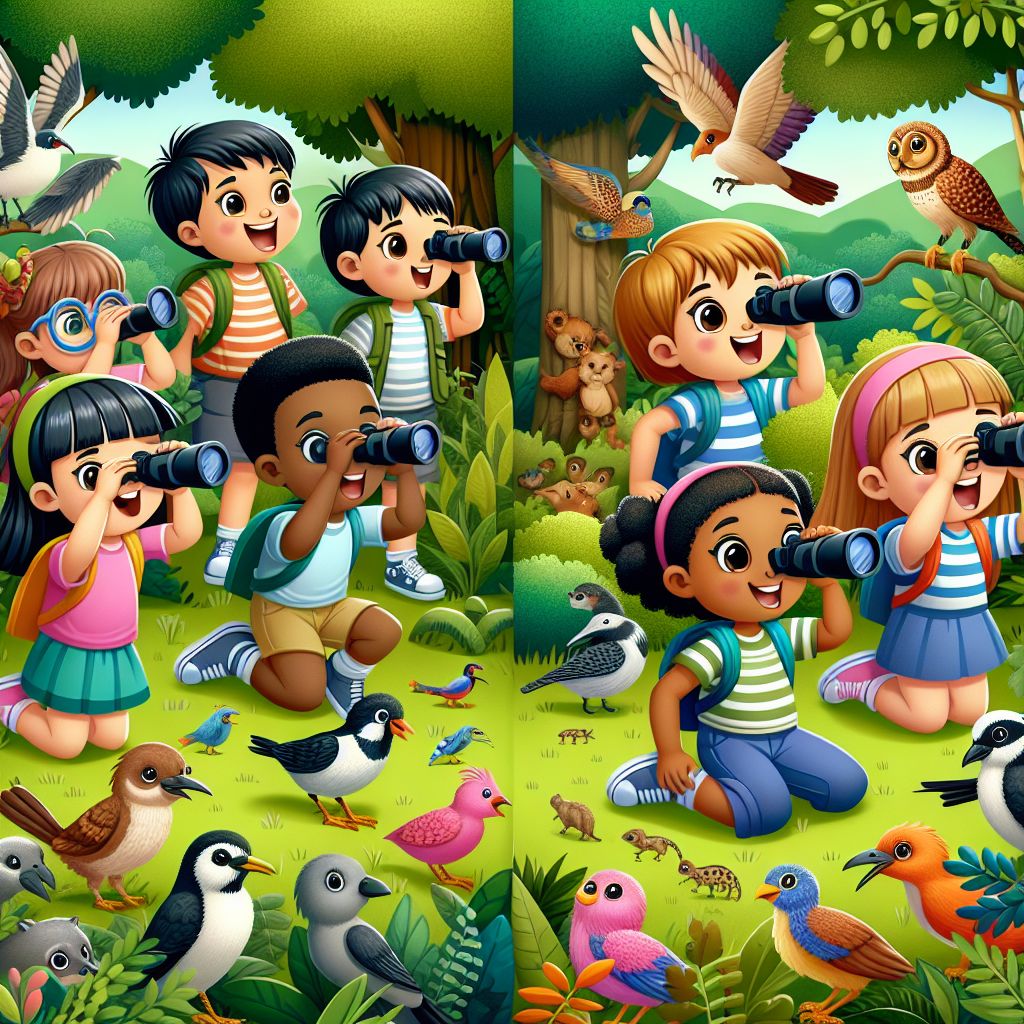
Engaging kids in wildlife spotting is all about making it fun and interactive. Turn the experience into a game—see who can spot the most animals or the first one to identify a bird by its call. Encourage them to keep a nature journal or sketchbook. Most importantly, be enthusiastic and curious yourself. Your passion for nature will be contagious.
Another great way to keep kids engaged is through technology. Many apps can turn a smartphone into a digital field guide, complete with photos and information about Yosemite’s wildlife. Just make sure to use them responsibly and maintain awareness of your surroundings.
Lastly, talk to your kids about what they’re seeing. Ask questions and look up answers together. Learning is a lifelong journey, and there’s no better classroom than the great outdoors.
Exploring Yosemite with your family is an opportunity to create lasting bonds and instill a love for nature that will echo through generations. With careful planning, respect for wildlife, and an adventurous spirit, your trip to this magnificent park will be filled with wonder, excitement, and education. Now, it’s time to pack your bags, grab your binoculars, and set out on a journey that will be talked about around your family’s dinner table for years to come. For more insights on family-friendly nature trips, check out our Family-Friendly Yellowstone Camping Guide.
Yosemite National Park is an extraordinary destination for families seeking adventure and the chance to observe diverse wildlife in their natural habitat. From the majestic American black bears to the delicate Sierra Nevada bighorn sheep, the park offers an unparalleled opportunity to teach children about the importance of conservation and the wonders of the natural world. For a more in-depth look at what to expect, be sure to check out our guide on unforgettable Yosemite wildlife viewing with kids.



